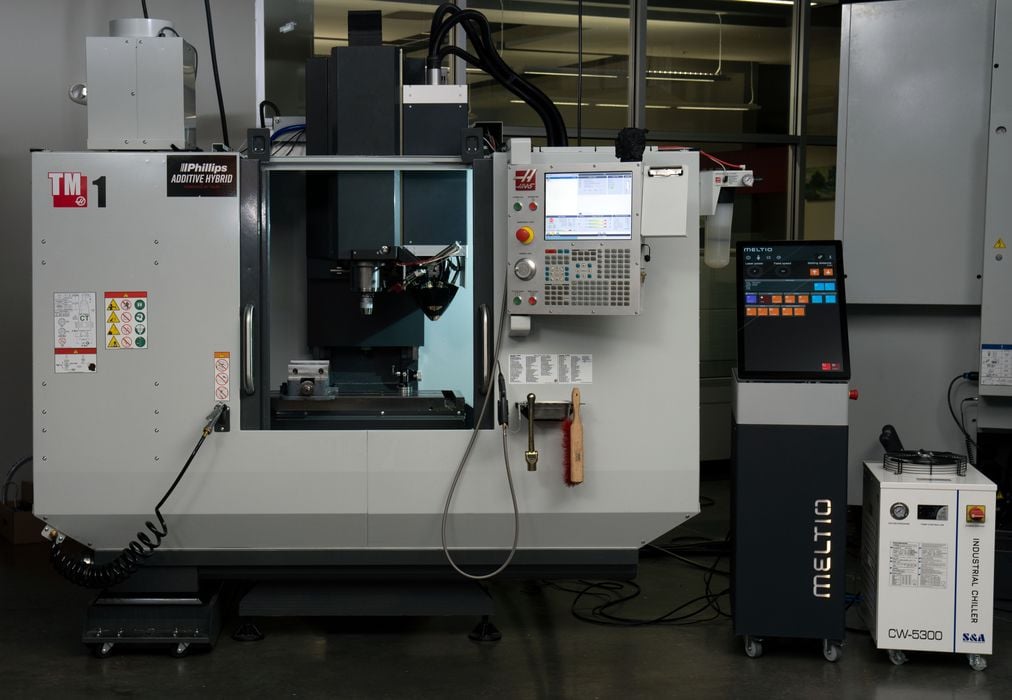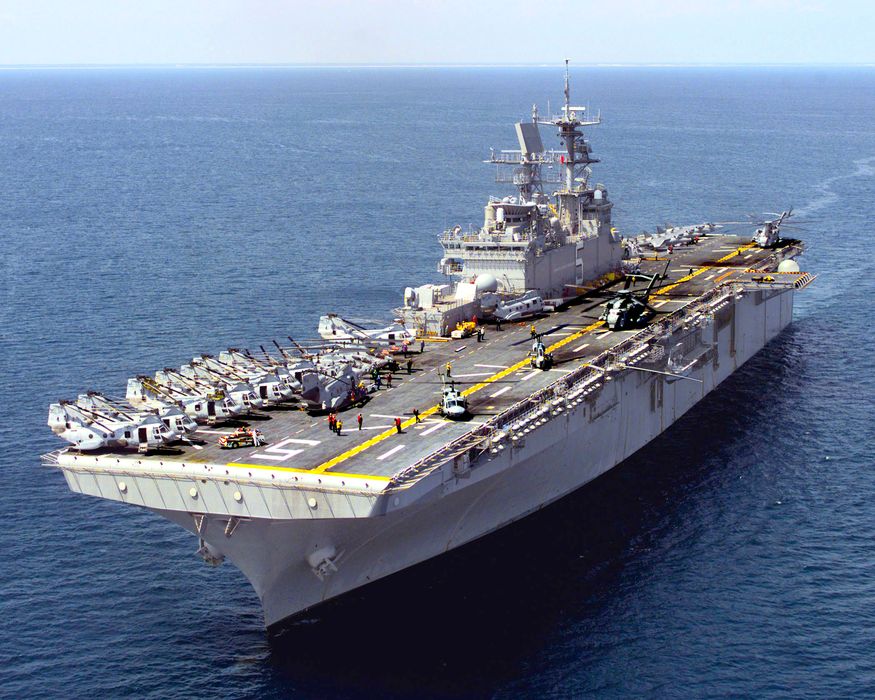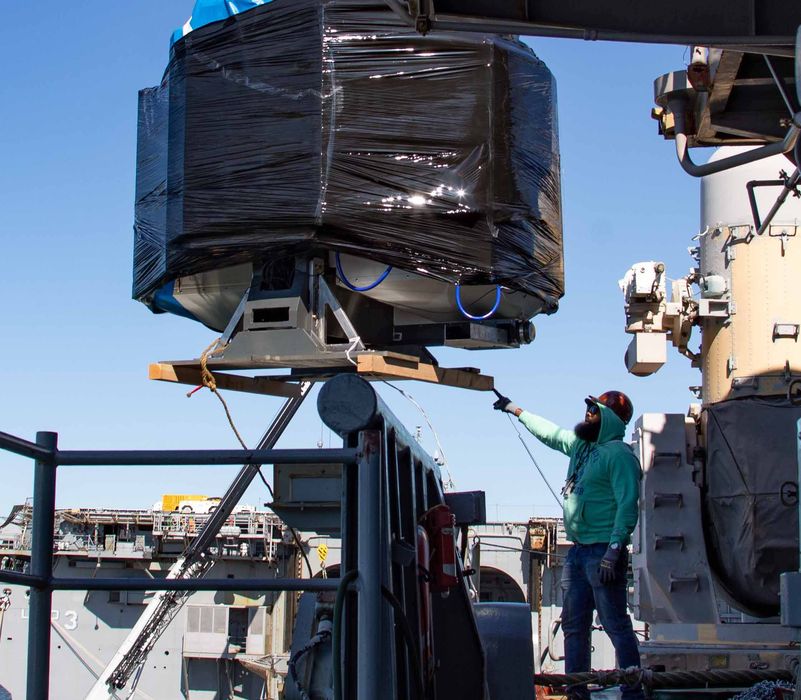
Marine use of 3D print technology should be booming, but it isn’t, at least not yet.
Why should it be booming? There are a number of reasons that scream for 3D print solutions.
Consider this scenario: a major shipping firm learns that one of their biggest ships has stalled in mid-Pacific Ocean due to a broken part. The ship will remain there until a spare part can be transferred, and due to the location of the ship it will take over a week to do so.
In the meantime, the ship is unable to do its job and thus there are very significant financial losses in play. Delivery guarantee contracts mean penalties will be paid, and they increase the longer the delay lasts.
This is not a pleasant scenario. If only the part were on hand on the ship, it could be repaired and back underway quickly. But it’s impossible to carry all the required parts for a major vessel.
This is a scenario that is certainly in the minds of marine merchants every day, and it really needs a solution.
The marine environment has some attractive characteristics in this regard:
- Isolated location
- Limited ability to store spare parts
- Expensive to deliver spare parts
- Big money depending on the down time
- Sufficient space and energy to make the parts if the right technology were available
It turns out the right technology IS available. Science Fiction writer William Gibson supposedly wrote:
“The future is already here. It’s just not evenly distributed yet.”
That is precisely the case here: 3D print technology — or rather certain 3D print technologies — are entirely suitable for use on board a marine vessel and could theoretically make spare parts on demand, both polymer and metal.
The challenge, however, is that most of the common 3D printing processes require stable gravity to work. For example, imagine a tank of liquid resin in an SLA machine trying to work when the waves are pounding on the side of the vessel. No, that won’t work at all.
But there are a handful of processes that are indeed immune to gravitational effects and could be used on a ship, and some are actively doing experiments. One of those processes is from Spain-based Meltio.

Meltio seems to be well aware of the potential of the marine market and has just installed one of their hybrid CNC metal solutions on board a US Navy ship, the USS Bataan, an amphibious assault ship.

Meltio’s solution is a unique combination of metal 3D printing and CNC milling. The concept is to 3D print metal structures in rough form, and then perform CNC milling during the print to refine the surfaces and edges as required. The result is a perfectly formed production metal part.
In the US Navy deal, Meltio partnered with Philips Corporation to create the Philips Additive Hybrid machine, based on a Haas CNC platform. The device is able to produce metal spare parts on demand.
Meltio explained:
“The Haas TM-1 platform has been proven to operate reliably in an afloat environment aboard several aircraft carriers. Integrating the Meltio deposition head with the Haas TM-1 provides both an additive and subtractive manufacturing capability within the same system – increasing efficiency and reducing waste when compared with typical machining.”
This is an important point. CNC milling is an effective technology, but one that creates an extraordinary amount of waste material. In some cases up to 70% of the original input material is lost to scrap. That might be acceptable on land where there could be nearby plants to re-process the scrap material into usable metal once again.
However, at sea there aren’t many metal recycling operations handy. The implication is that the CNC-equipped ship would have to store the heavy metal scraps for delivery at port, or dump it overboard.
A hybrid CNC – 3D printing device would dramatically reduce the amount of waste, while producing the same quality of part.
It sounds like the first experiments on the USS Bataan will take place using standard 316L stainless steel.
I expect that at some point in the future every major ship will carry its own 3D print systems capable of reproducing most of the parts for the ship itself.
Via Meltio
